David Adjaye’s 21st century monuments and memorials explored at London’s Design Museum
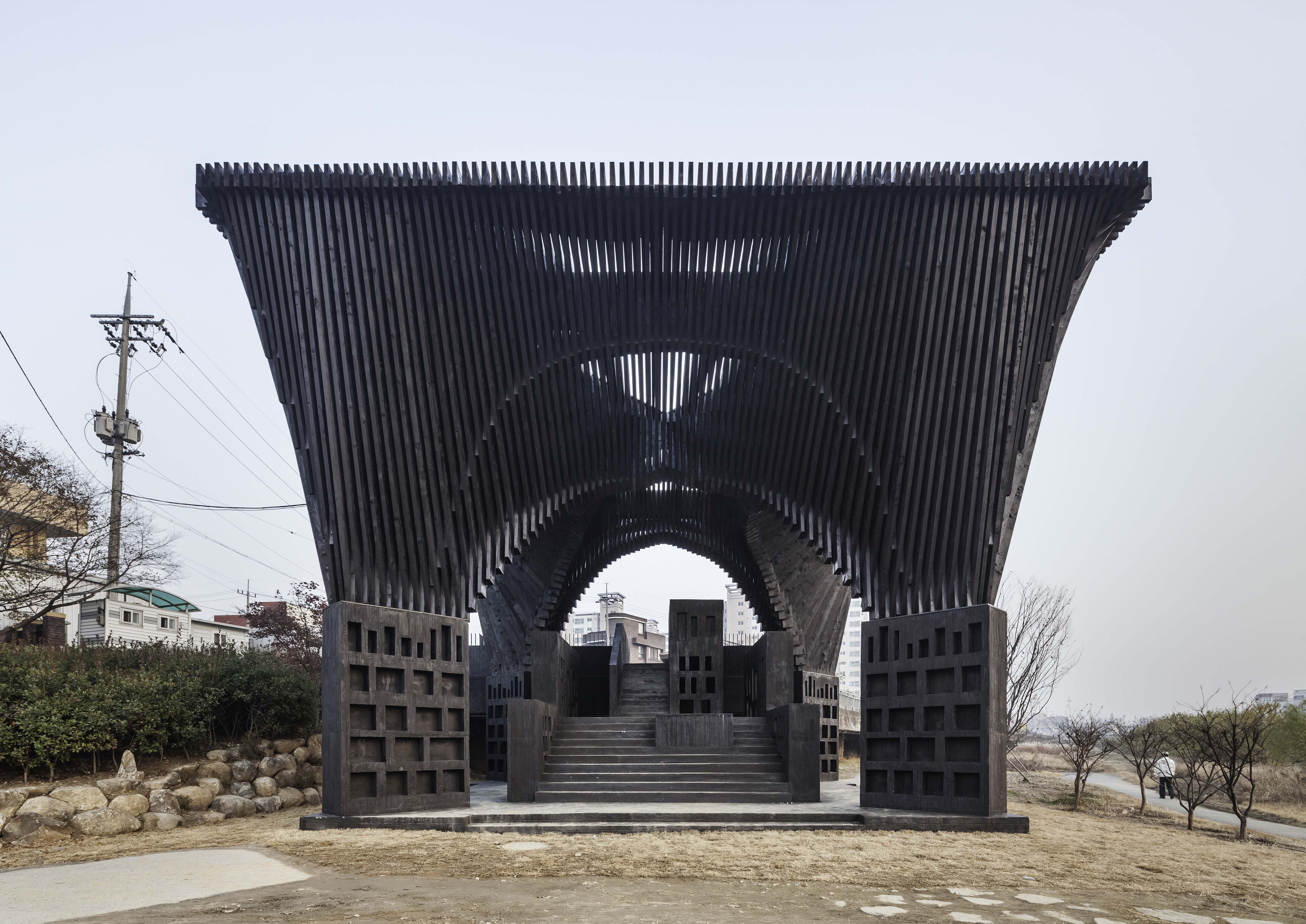
Designing architecture exhibitions can be notoriously tricky. Attempting to represent the experience and impact of being in any particular building or interior, while in the constraints of an entirely different space, often thousands of miles away, is an elusive goal. Add to this the challenge of embedding exhibitions within a strong theoretical base, and curators are often faced with a tough task. The newly opened ‘David Adjaye: Making Memory' exhibition at London's Design Museum, successfully manages to avoid the common pitfalls, launching a succinct and to-the-point display that opens to the wider public from 2 February.
The show focuses on work by Sir David Adjaye and his London, New York and Accra-based architecture practice, Adjaye Associates, while examining the idea of the monument – a theme that, as the exhibition proves, has long been aligned with the studio's thought processes. Elaborating on ‘how architecture and form are used as storytelling devices', this showcase is informative and captivating, using clean design and an uncluttered language, while touching upon issues such as memory, experience and representation, and of course architecture's role within them.
‘The monument is a device to talk about the many things facing people across the planet.’
‘The monument is no longer a representation, it is an experience of time and place that is available to everyone', says Adjaye. ‘Whether it’s for a nation, a race, a community, or a person, it is really used as a device to talk about the many things facing people across the planet. Democratisation does not mean that monuments cease to be relevant; it requires the monument to be transformed, so that it has an inbuilt openness and can be approached and understood from many points of view.'
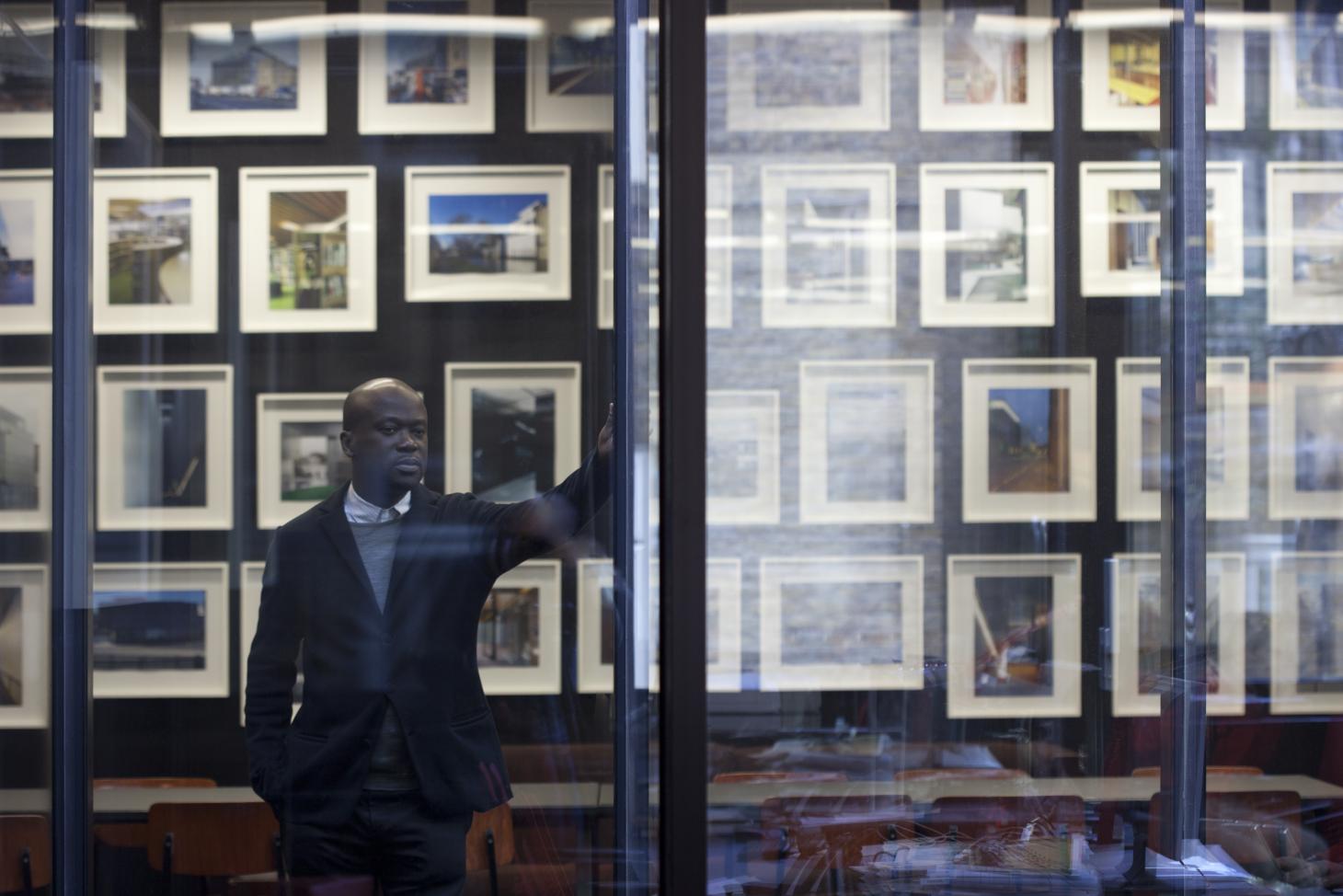
Sir David Adjaye OBE was born in Tanzania to Ghanaian parents and formed Adjaye Associates in London in 2000. He now works internationally
The visitor's journey takes place through the lens of seven of the practice's key works – some completed, some in progress and some still in development stage. Included are the Smithsonian National Museum of African American History and Culture in Washington D.C, the new National Cathedral of Ghana in Accra; the UK Holocaust Memorial and Learning Centre in London (with Ron Arad Architects as Memorial Architect, and Gustafson Porter + Bowman as Landscape Architect); the Sclera Pavilion for London Design Festival 2008 (in collaboration with the American Hardwood Export Council); the Mass Extinction Memorial Observatory; the Gwangju River Reading Room in South Korea (in collaboration with the writer Taiye Selasi); and the first opportunity to see an ‘in-depth display' of the Coretta Scott King and Martin Luther King Jr. Memorial in Boston (with contributions by African-American artist Adam Pendleton and type designer David Reinfurt).
There are drawings, photography and architectural models – perhaps as expected – but there's also a lot of welcome video documentation of Adjaye talking about the projects, as well as input from his creative collaborators on some of these projects.
The show was designed by Adjaye Associates together with the Design Museum – perhaps a challenge in itself (one could argue that it requires some distance to engage with a subject with a fresh eye), but one that the studio responded to with flair, offering an exhibition that's truly in sync with its subject matter.
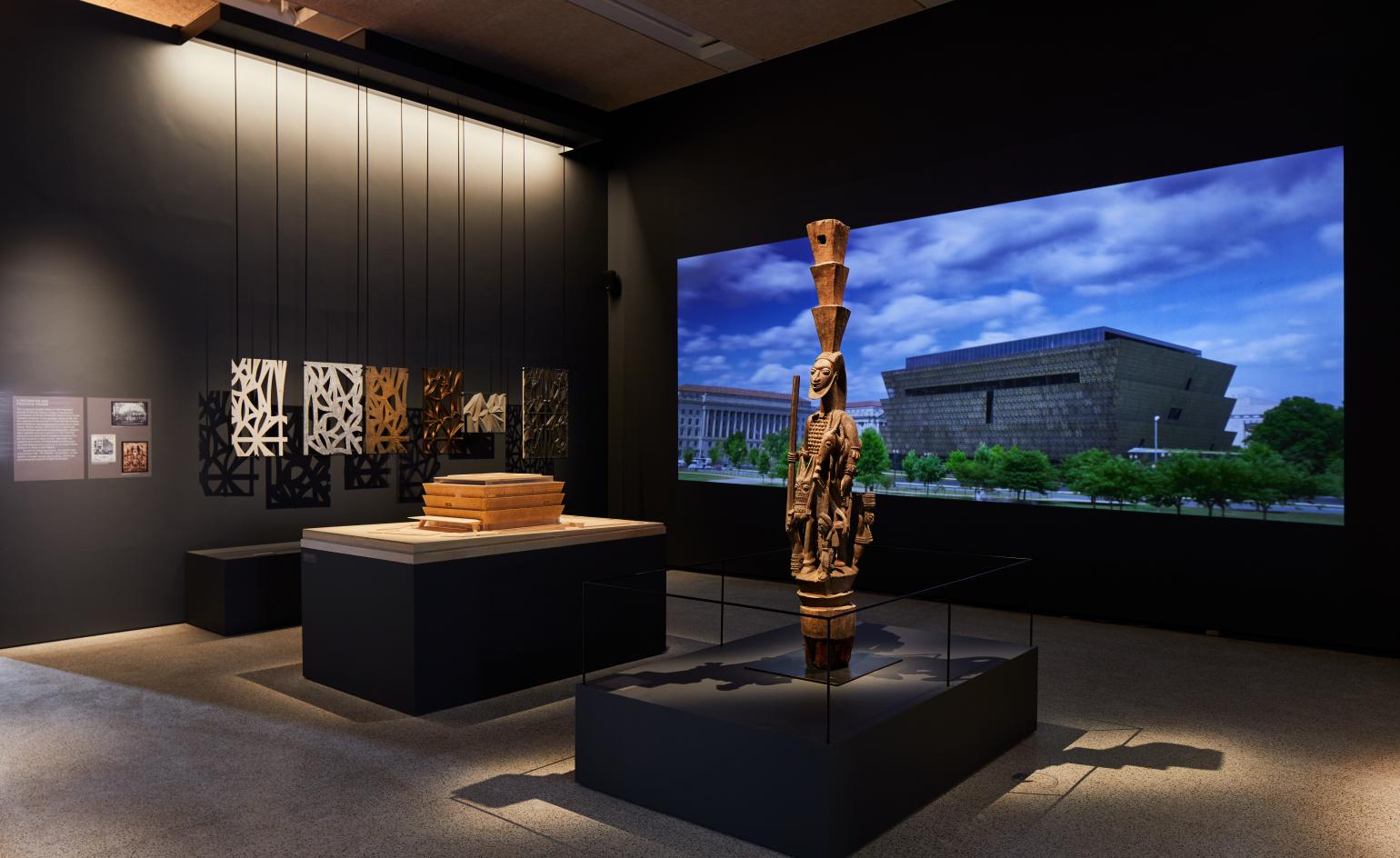
The exhibition was designed by Adjaye Associates with the Design Museum.
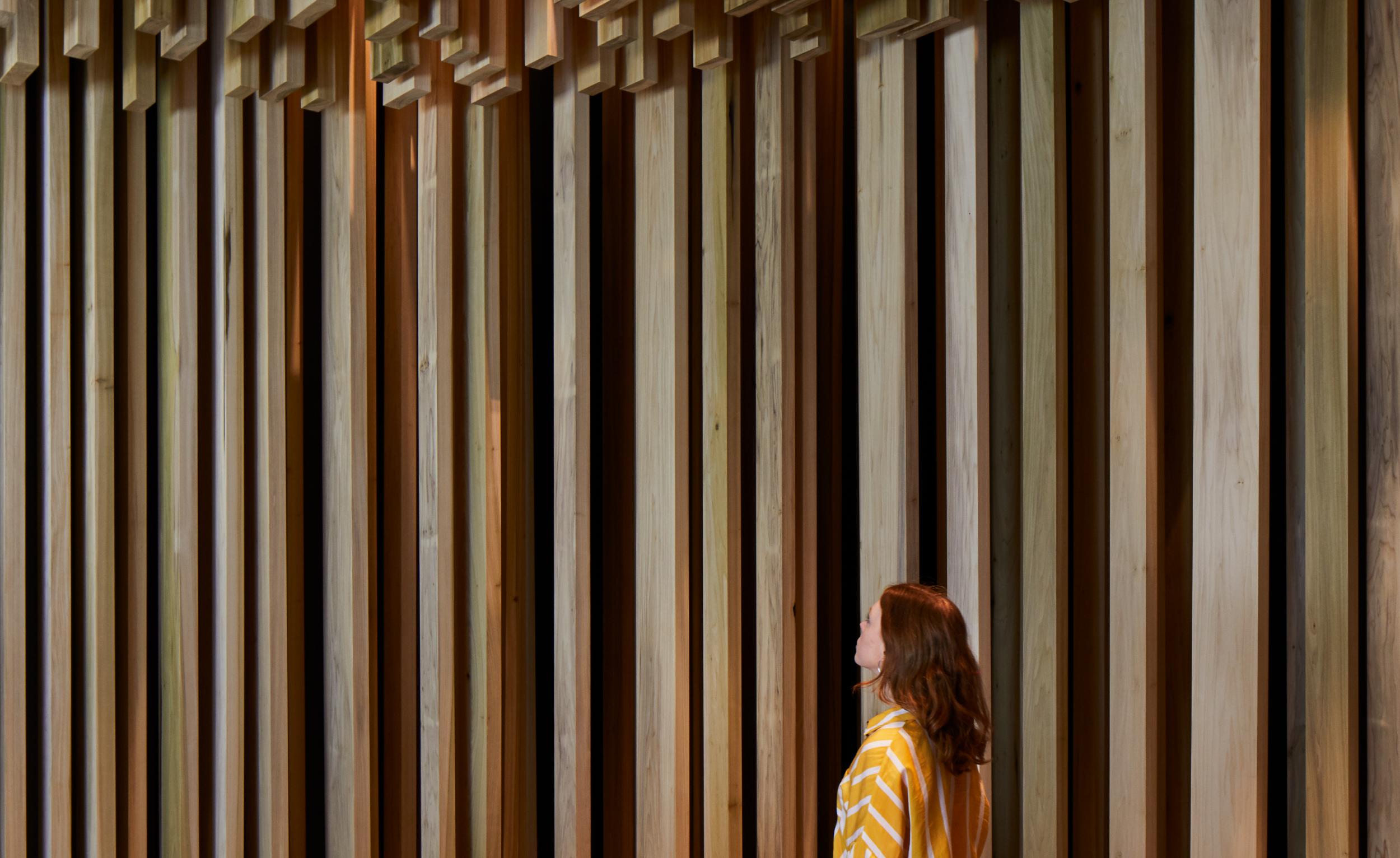
A segment of the Sclera Pavilion using American tulipwood was replicated for the show.
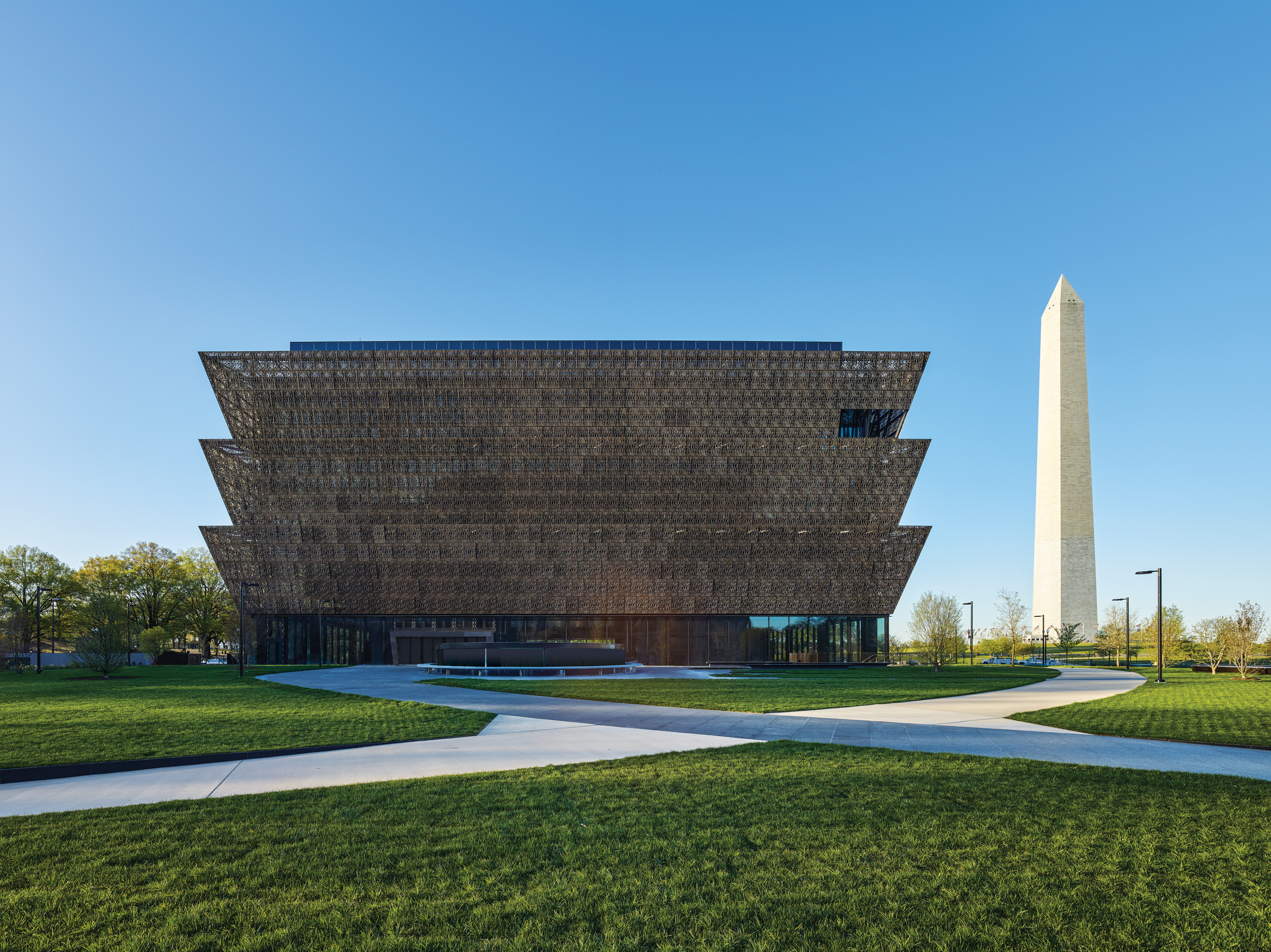
Smithsonian National Museum of African American History and Culture adjaye

Adjaye Associates' proposal for UK National Holocaust Memorial and Learning Centre (with Ron Arad Architects as Memorial Architect, and Gustafson Porter + Bowman as Landscape Architect).

The design for David Adjaye's National Cathedral of Ghana.
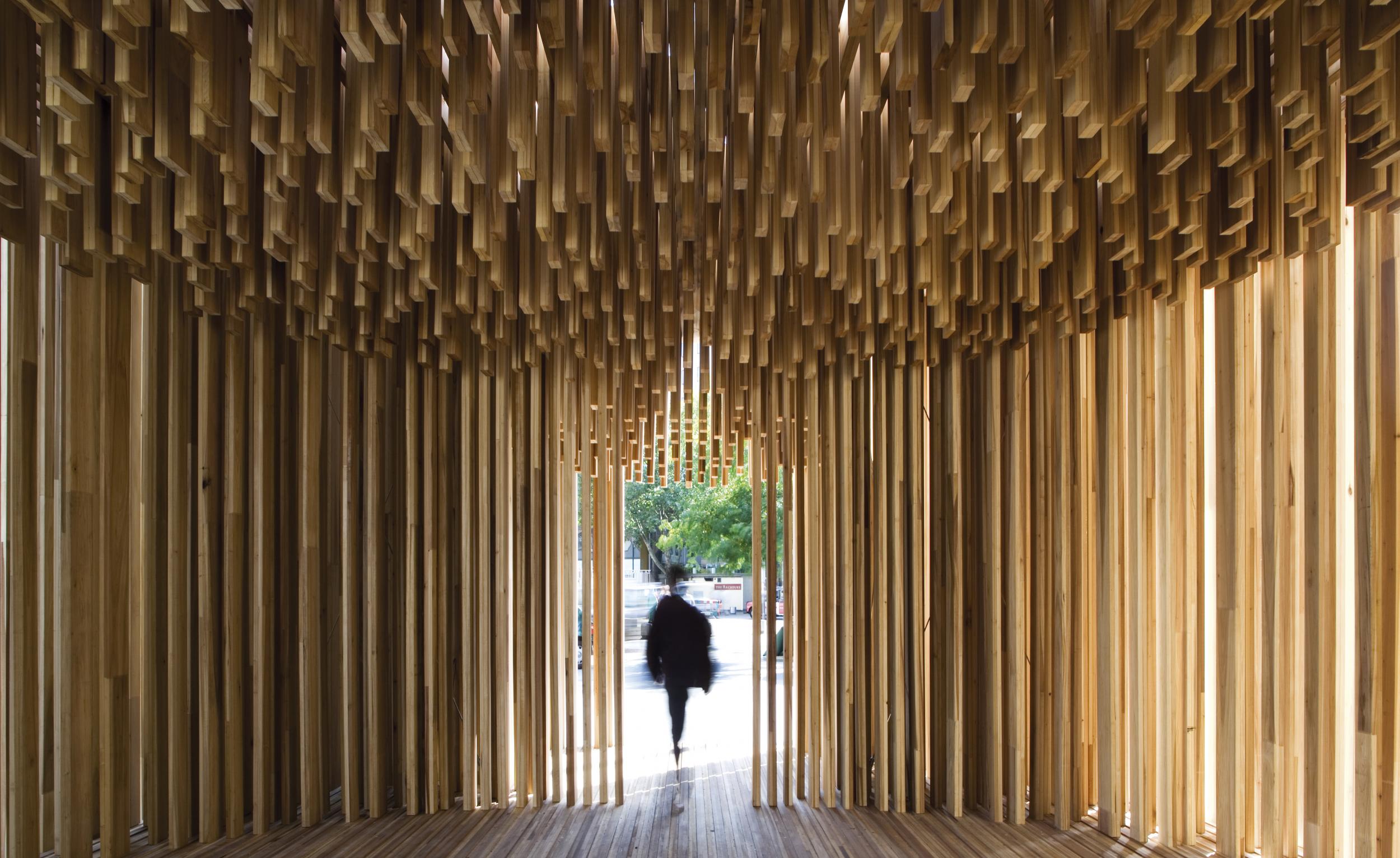
The Sclera temporary pavilion, created in collaboration with the American Hardwood Export Council, was installed in London in 2008.

Smithsonian National Museum of African American History and Culture
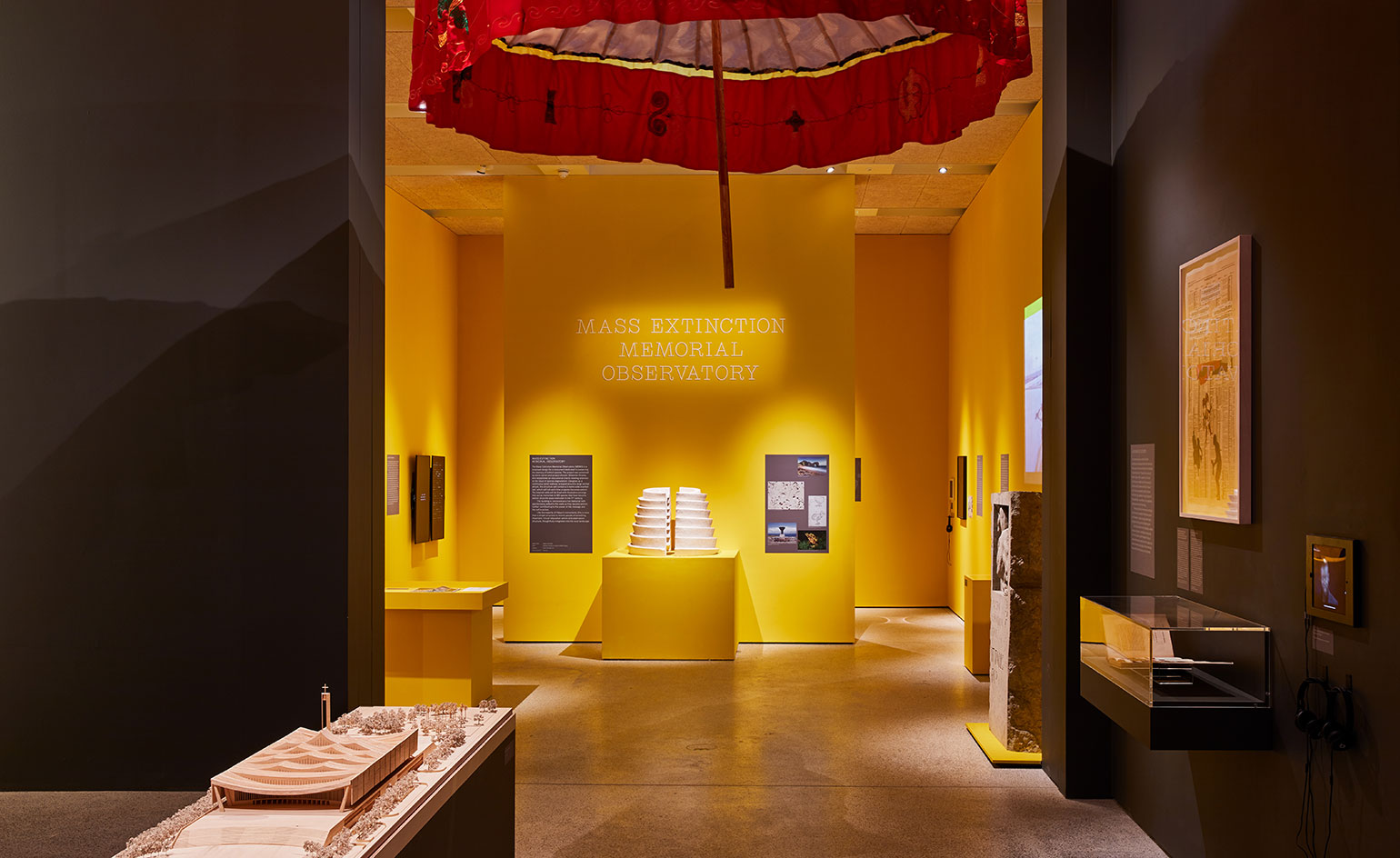
Installation view of ‘David Adjaye: Making Memory’.
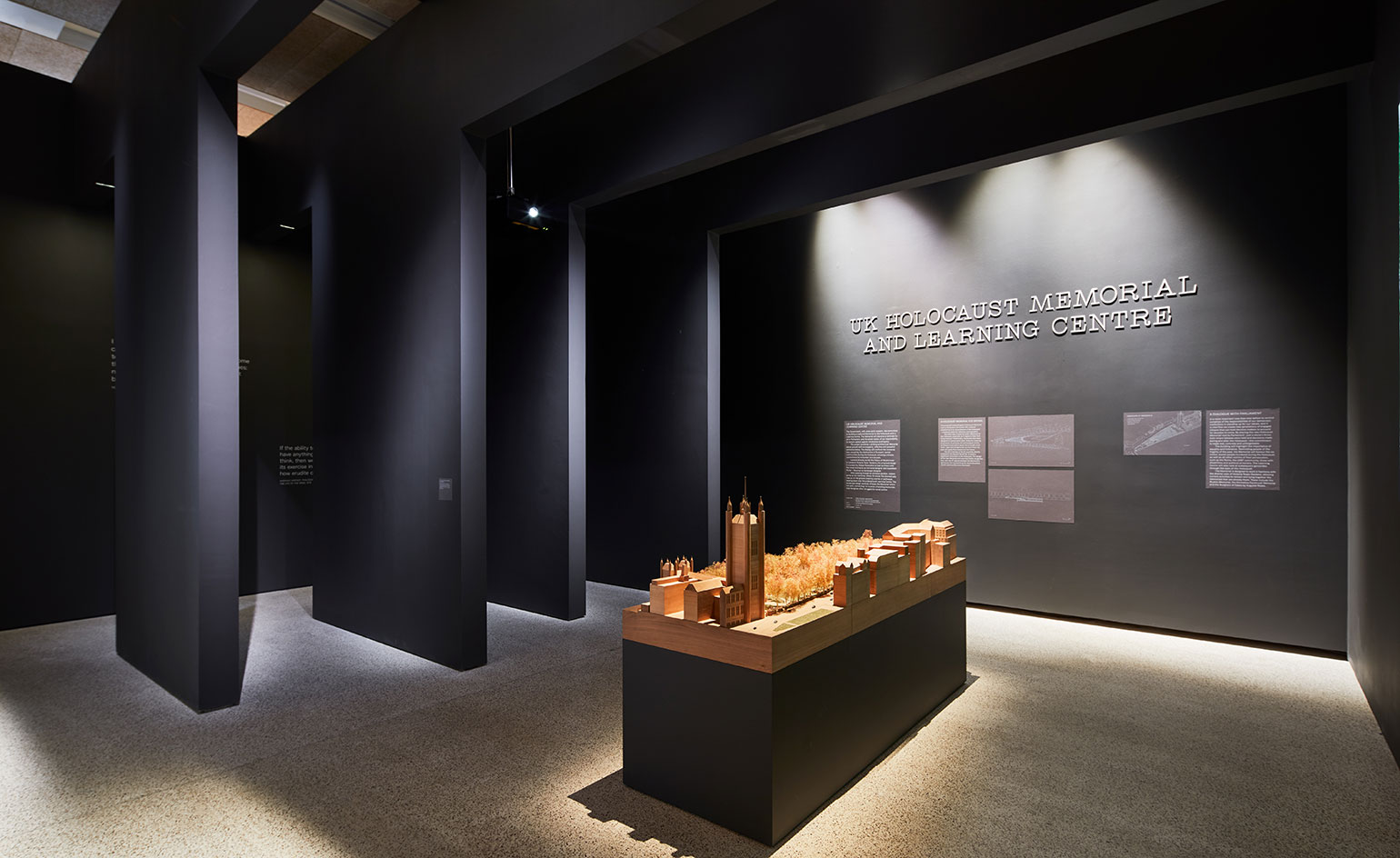
UK Holocaust Memorial and Learning Centre.
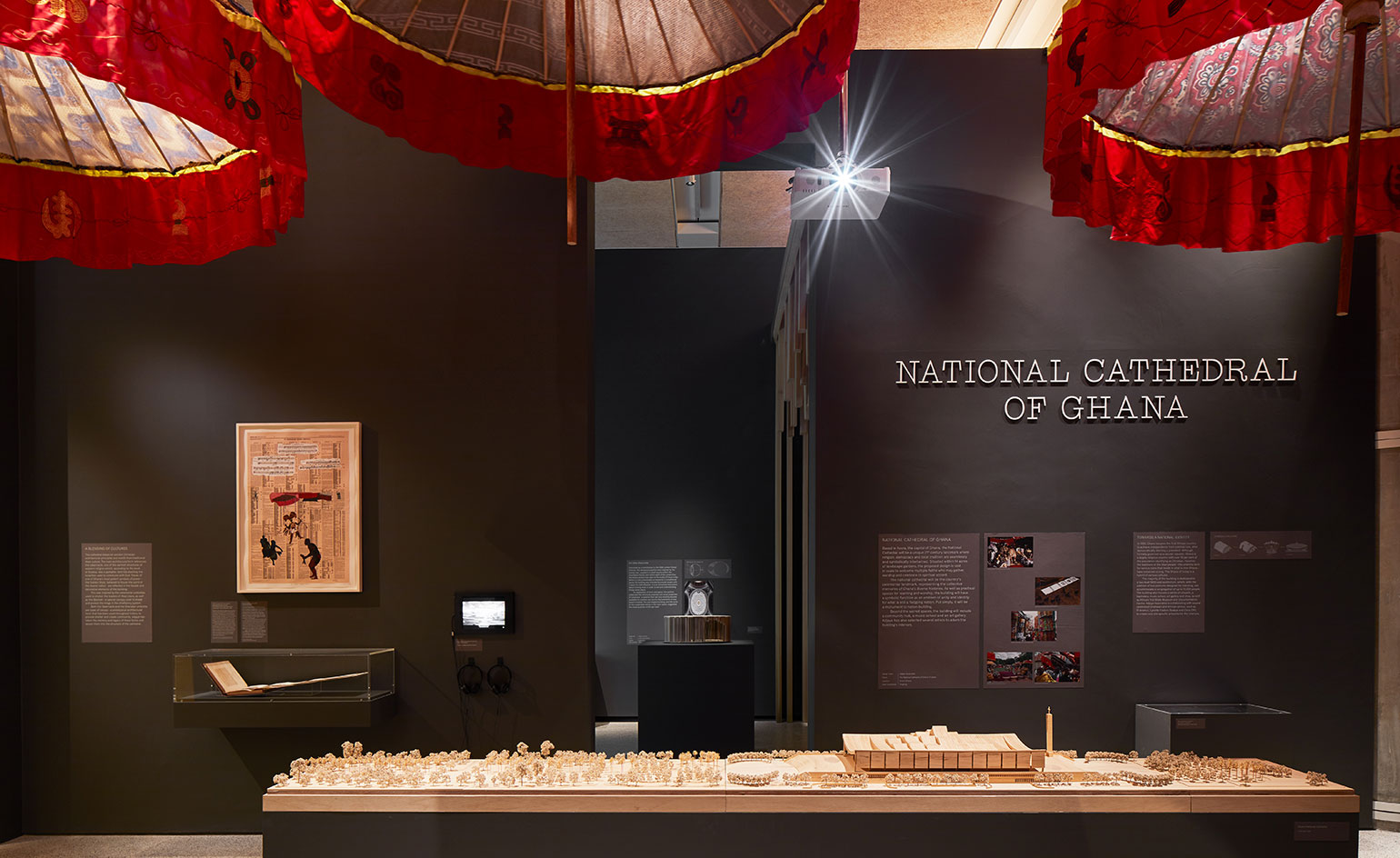
National Cathedral of Ghana
Information
‘David Adjaye: Making Memory' is on at the Design Museum in London until 05 May 2019. For more information visit the Adjaye Associates website and the Design Museum website
Address
Design Museum
224-238 Kensington High Street
London
W8 6AG
Receive our daily digest of inspiration, escapism and design stories from around the world direct to your inbox.
Ellie Stathaki is the Architecture & Environment Director at Wallpaper*. She trained as an architect at the Aristotle University of Thessaloniki in Greece and studied architectural history at the Bartlett in London. Now an established journalist, she has been a member of the Wallpaper* team since 2006, visiting buildings across the globe and interviewing leading architects such as Tadao Ando and Rem Koolhaas. Ellie has also taken part in judging panels, moderated events, curated shows and contributed in books, such as The Contemporary House (Thames & Hudson, 2018), Glenn Sestig Architecture Diary (2020) and House London (2022).
-
 A day in Ahmedabad – tour the Indian city’s captivating architecture
A day in Ahmedabad – tour the Indian city’s captivating architectureIndia’s Ahmedabad has a thriving architecture scene and a rich legacy; architect, writer and photographer Nipun Prabhakar shares his tips for the perfect tour
-
 You can now stay in one of Geoffrey Bawa’s most iconic urban designs
You can now stay in one of Geoffrey Bawa’s most iconic urban designsOnly true Bawa fans know about this intimate building, and it’s just opened as Colombo’s latest boutique hotel
-
 Pentagram’s identity for eVTOL brand Vertical Aerospace gives its future added lift
Pentagram’s identity for eVTOL brand Vertical Aerospace gives its future added liftAs Vertical Aerospace reveals Valo, a new air taxi for a faster, zero-emission future, the brand has turned to Pentagram to help shape its image for future customers
-
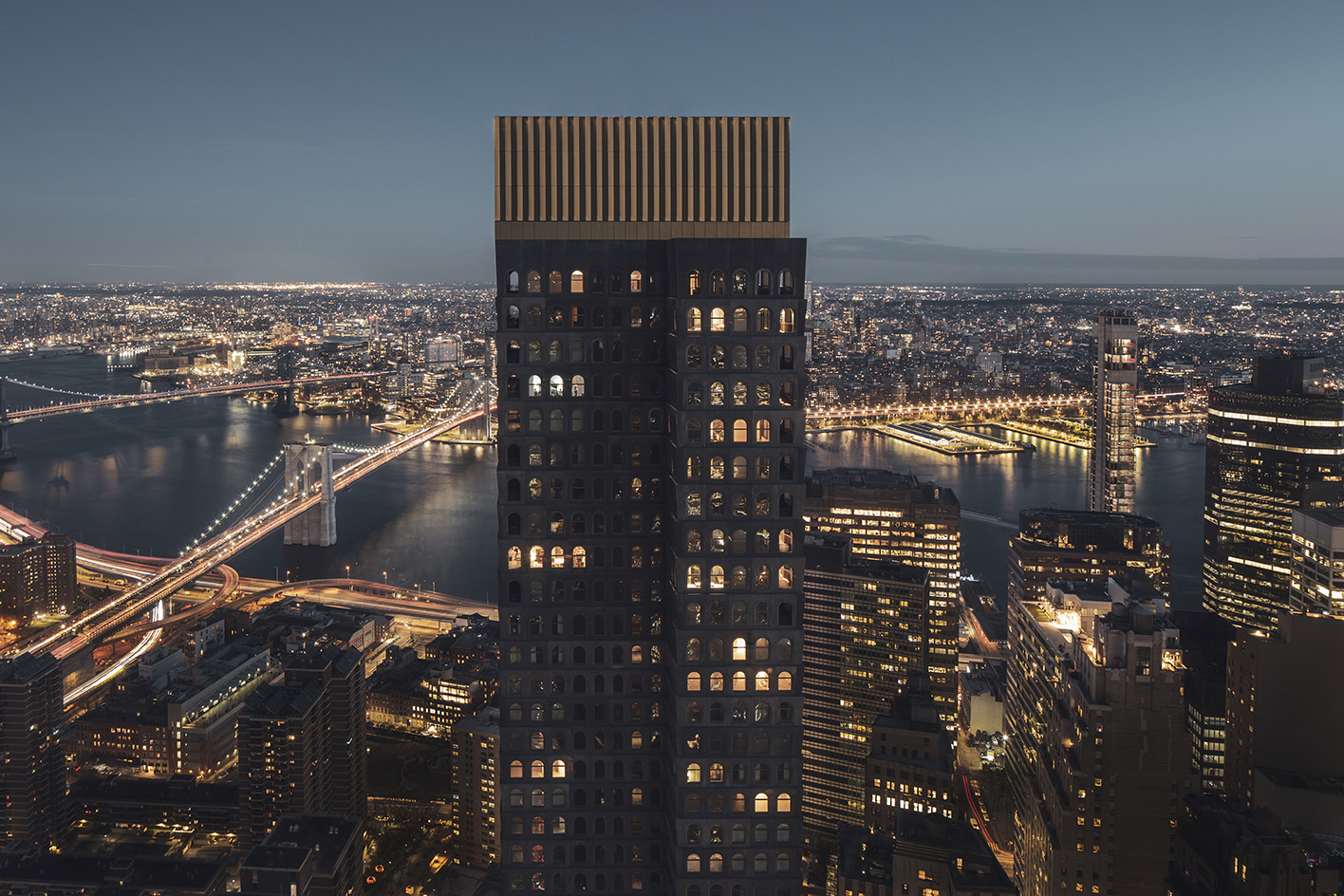 130 William by Adjaye Associates’ holistic vision is unveiled in New York
130 William by Adjaye Associates’ holistic vision is unveiled in New YorkWe unveil the holistic design of Adjaye Associates’ 130 William, the residential scheme that has just completed in New York
-
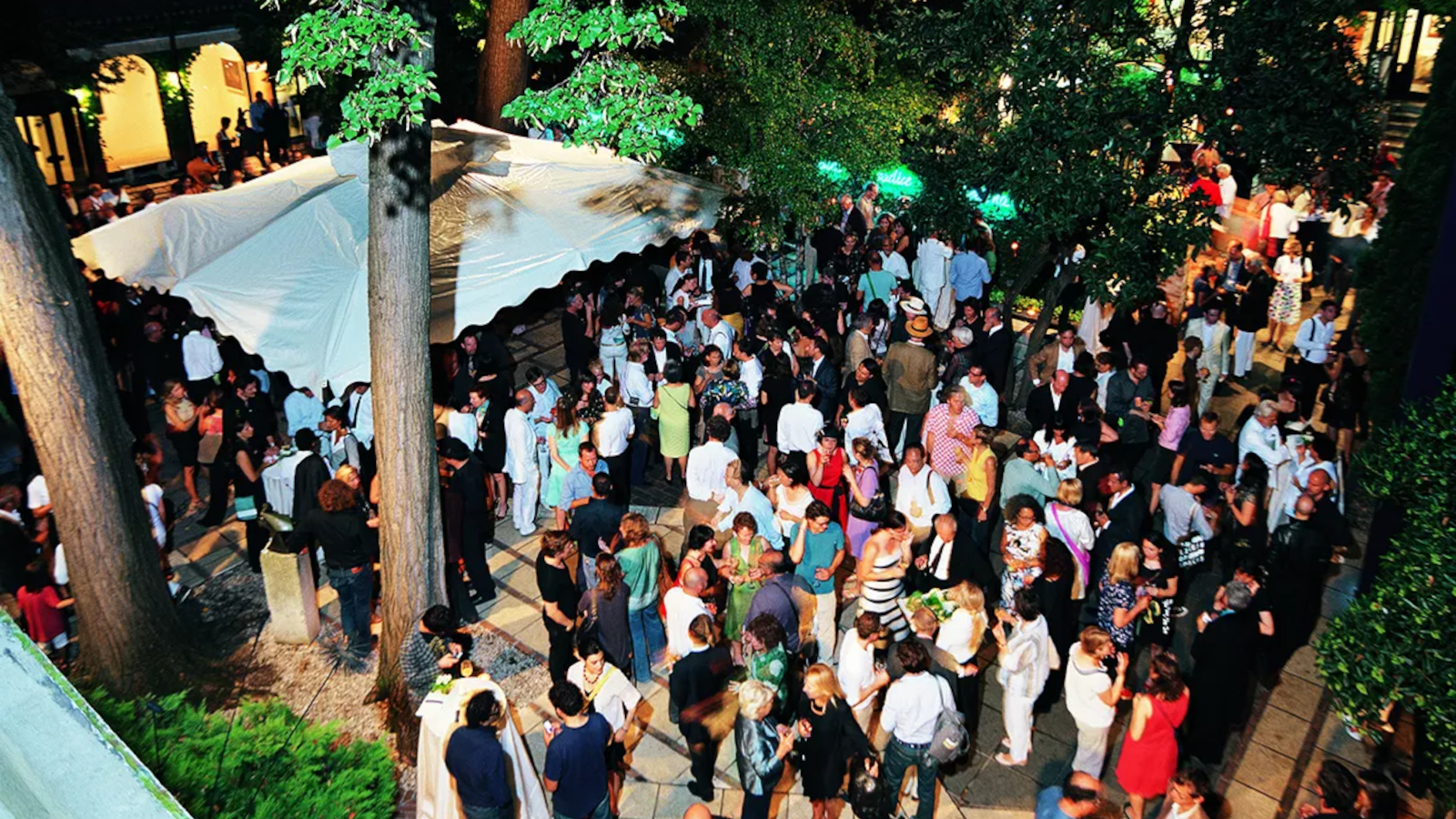 Venice Architecture Biennale 2023: the ultimate guide
Venice Architecture Biennale 2023: the ultimate guideAs the Venice Architecture Biennale 2023 opens, we explore the offerings at the world’s famous celebration of building design
-
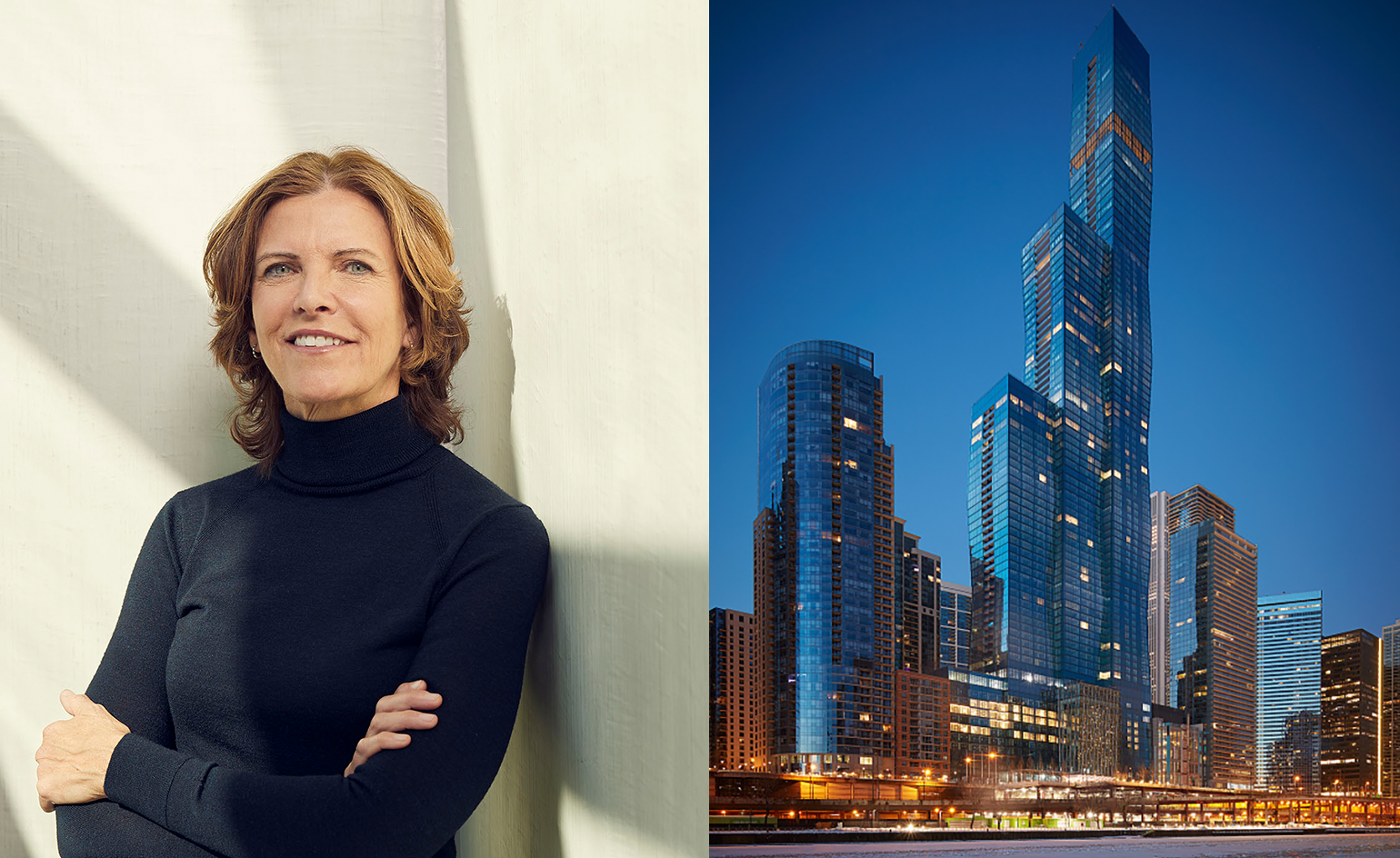 Jeanne Gang scoops 2023 Charlotte Perriand Award
Jeanne Gang scoops 2023 Charlotte Perriand AwardThe 2023 Charlotte Perriand Award goes to American architect Jeanne Gang
-
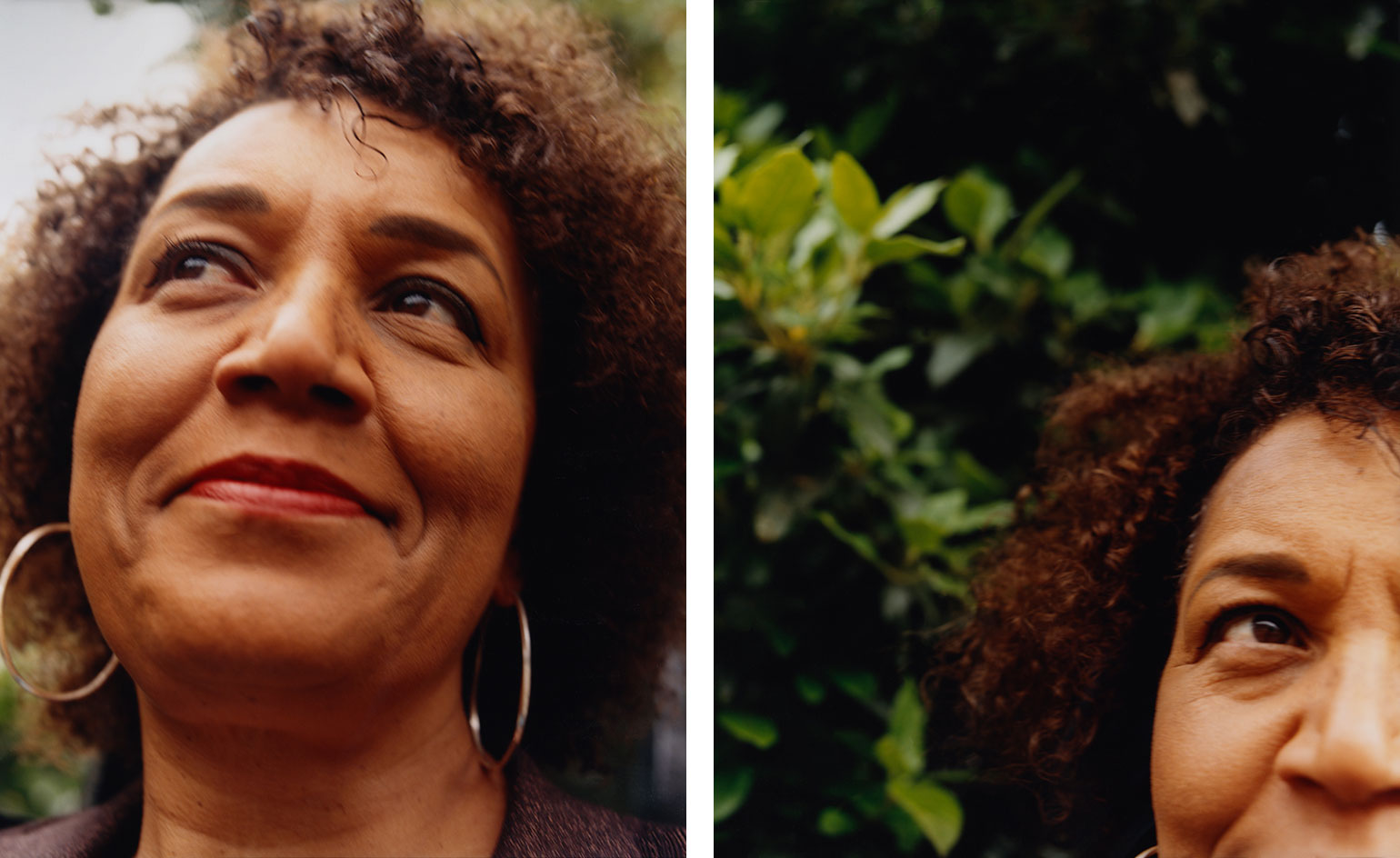 Venice Architecture Biennale 2023 curator Lesley Lokko on decolonisation, decarbonisation and diversity
Venice Architecture Biennale 2023 curator Lesley Lokko on decolonisation, decarbonisation and diversityThe Ghanaian-Scottish architect, who will curate the 2023 Venice Architecture Biennale, sets out to tackle global issues through her new school in Accra
-
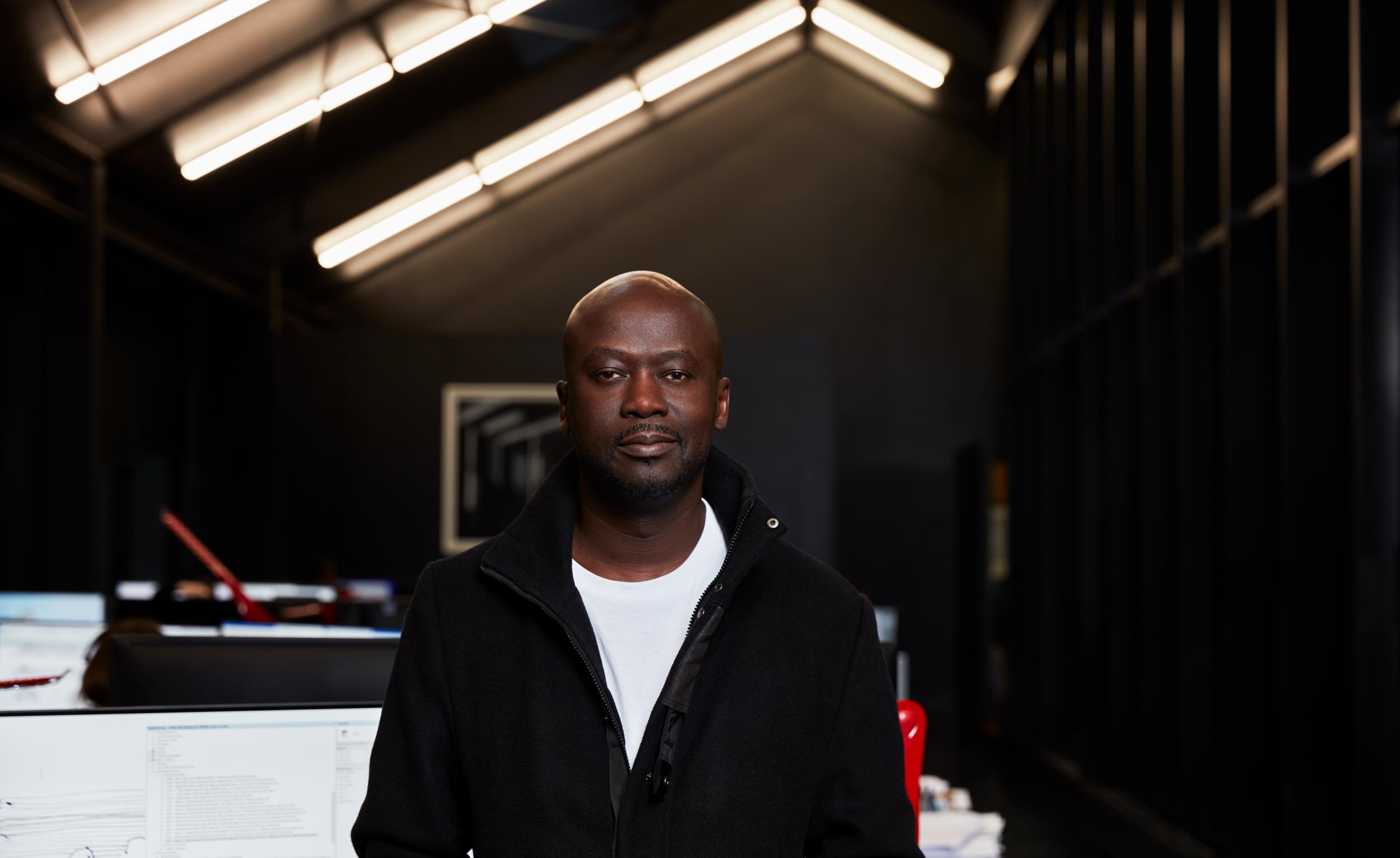 Sir David Adjaye scoops inaugural Charlotte Perriand Award
Sir David Adjaye scoops inaugural Charlotte Perriand AwardArchitect Sir David Adjaye is announced the winner of the 2022 Charlotte Perriand Award, the Créateurs Design Awards’ inaugural prize for design trailblazers
-
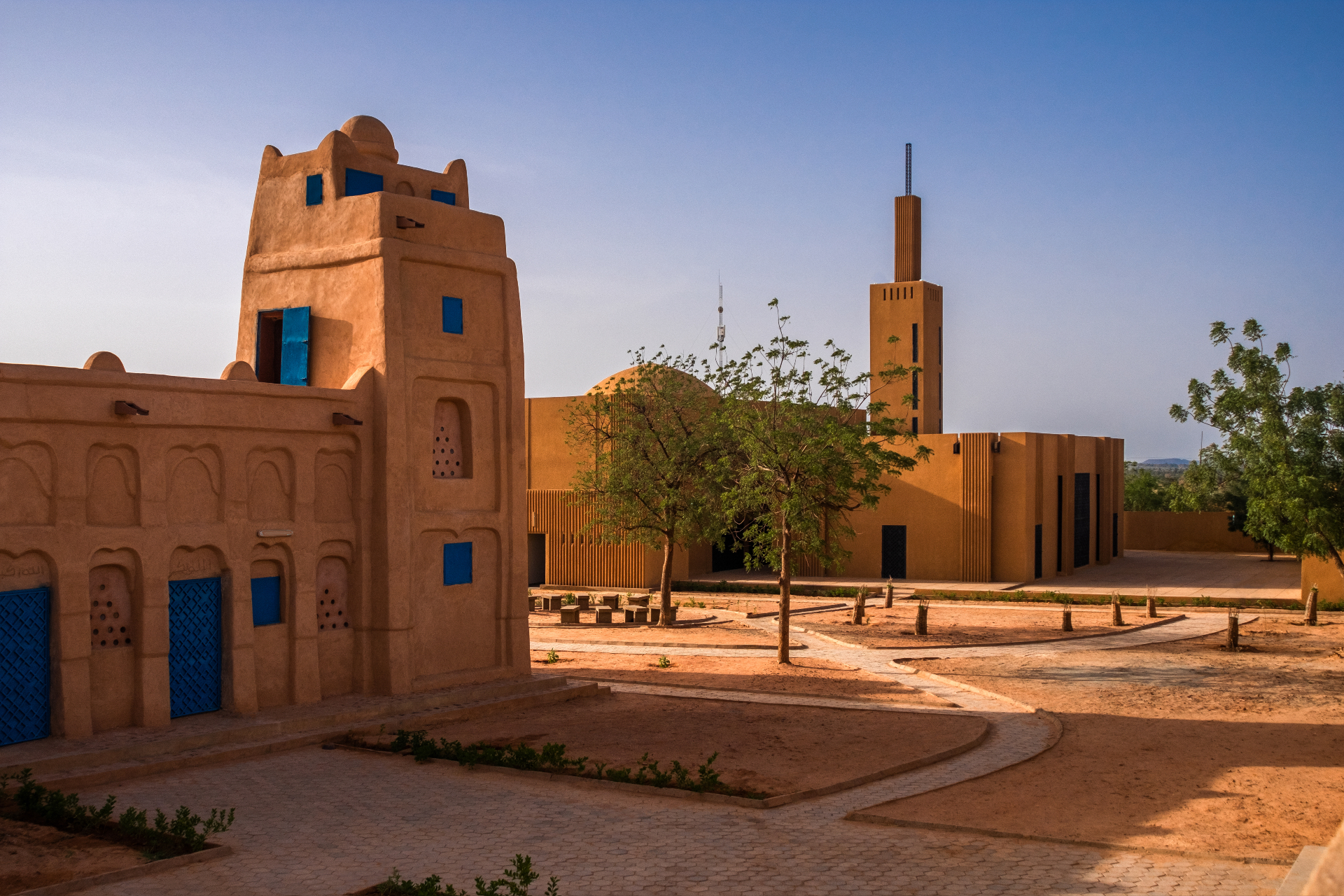 Mariam Kamara takes on the architectural challenges of the future
Mariam Kamara takes on the architectural challenges of the futureNigerien architect Mariam Kamara – tipped by Frida Escobedo as one of 25 creative leaders of the future in Wallpaper’s 25th Anniversary Issue ‘5x5’ project – is the dynamic principle of fast-emerging studio Atelier Masōmī
-
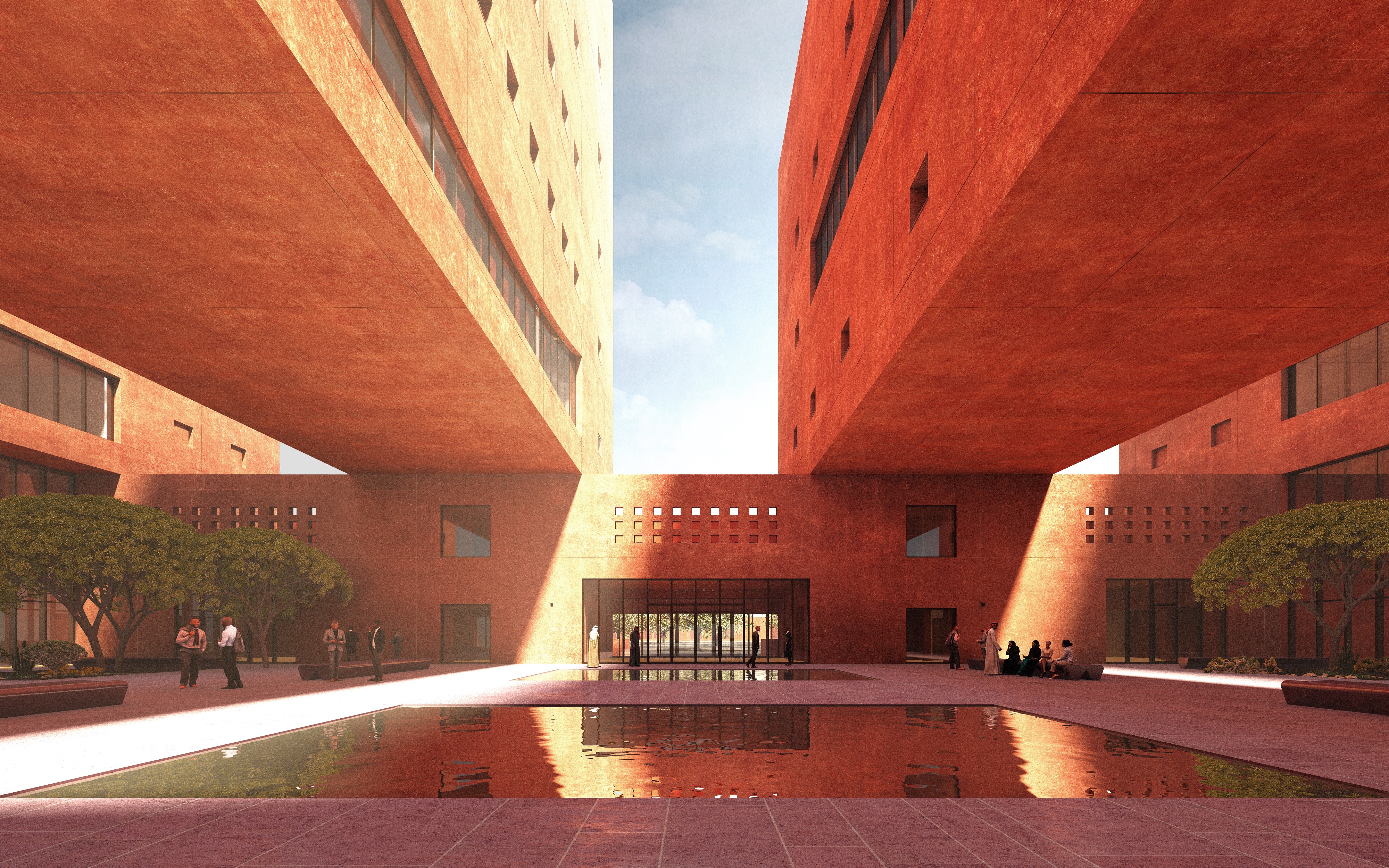 David Adjaye unveils plans for Africa Institute in Sharjah
David Adjaye unveils plans for Africa Institute in SharjahAdjaye Associates designs the Africa Institute, a new centre for the study, research and documentation of Africa and the African diaspora in the Arab world, in Sharjah, UAE
-
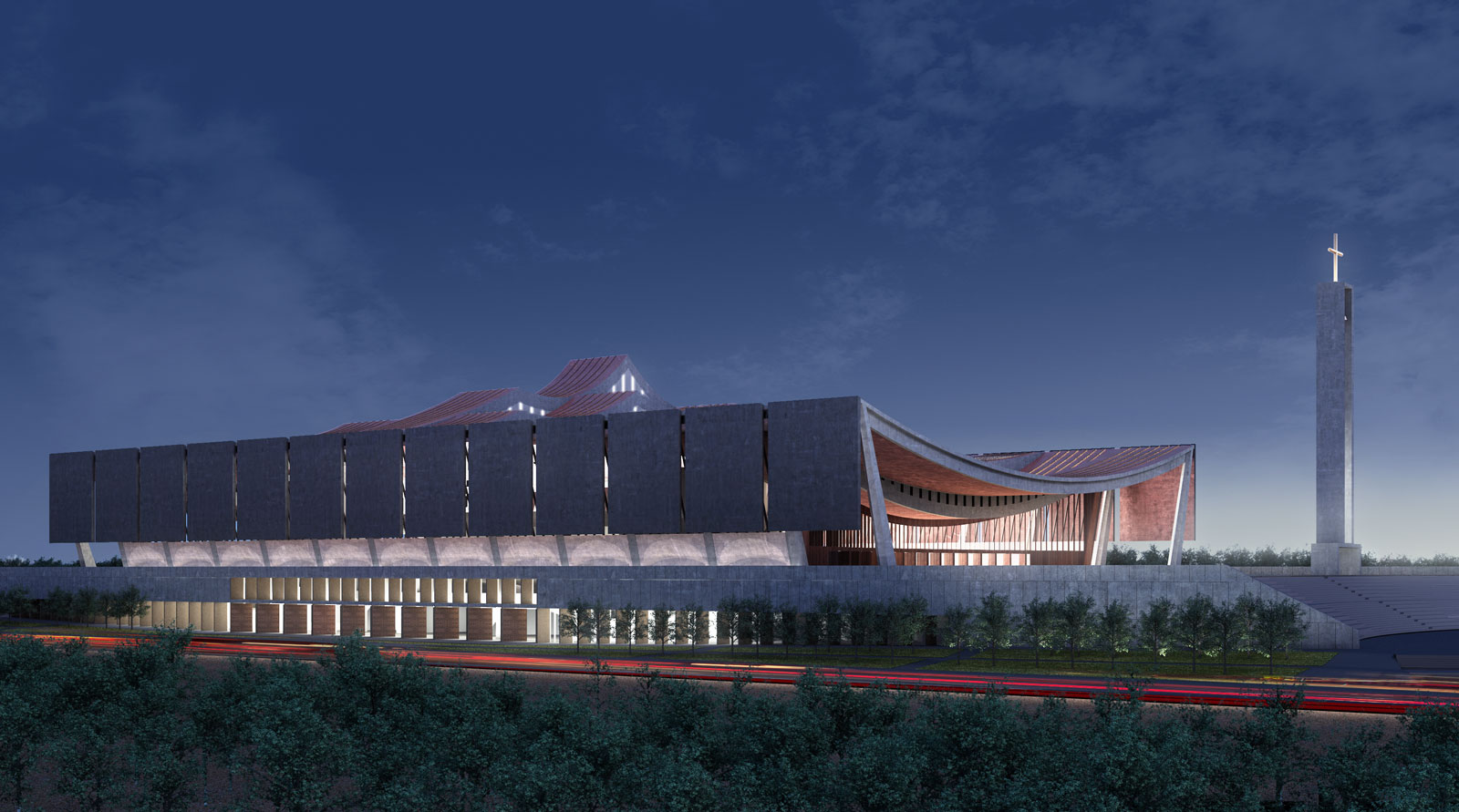 RIBA announces Google Arts and Culture partnership
RIBA announces Google Arts and Culture partnershipThe curated selection on Google Arts & Culture will encompass works from the Renaissance to the present day